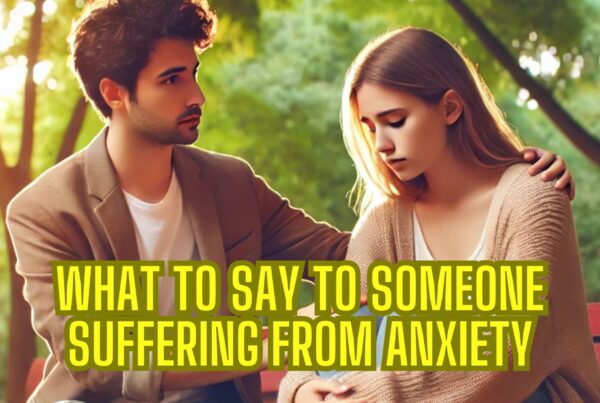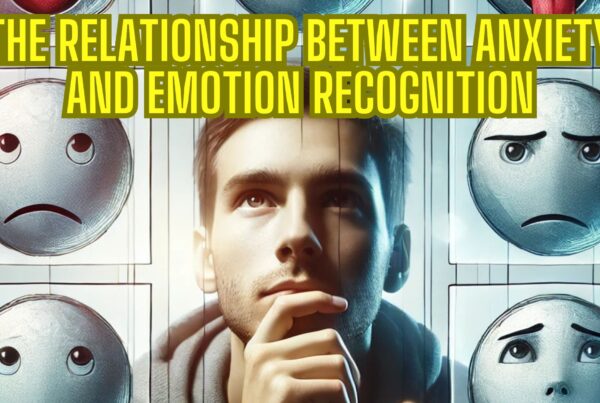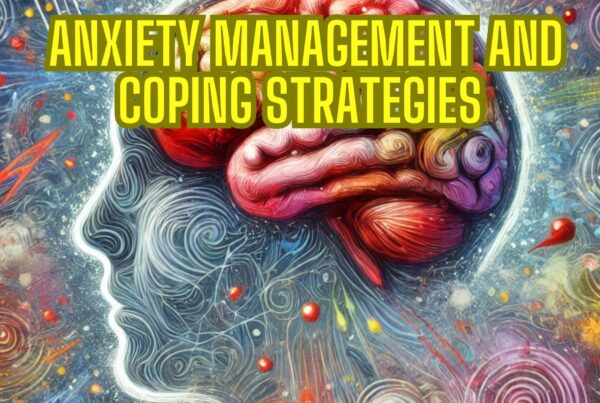The Wonder of 8D Recordings and Their Connection to Bilateral Stimulation
A Glimpse into the World of 8D Recordings
Imagine for a moment, you’re sitting in the middle of a concert hall. Music fills the space, dancing from one corner to another, creating a magical atmosphere that embraces you fully. The notes traverse the air, moving from your right to your left, and back again. It’s a captivating experience, and it seems almost too real to be happening within the confines of your headphones. Welcome to the world of 8D audio, a revolutionary audio format that’s altering the way we experience sound.
8D audio, or 8D music as it is often called, makes use of a technique called binaural recording. The aim is to mimic the natural human hearing experience, creating an illusion of sound movement in three-dimensional space. Listeners often report a sensation of the audio ‘moving’ around them, rather than coming from a single fixed point (Hoffman et al., 1998).
Understanding Bilateral Stimulation
To truly grasp the fascinating connection between 8D recordings and bilateral stimulation, one must first comprehend the essence of bilateral stimulation. An innovative technique frequently employed in therapeutic settings, especially within the framework of Eye Movement Desensitization and Reprocessing therapy (EMDR), bilateral stimulation revolves around the simultaneous activation of the left and right hemispheres of the brain. Accomplished by alternating stimuli from one side to the other, this technique can help in the processing of distressing memories or emotions, and is often used for conditions like anxiety and trauma-related disorders (Shapiro, 2018).
The Intersection of 8D Recordings and Bilateral Stimulation
Returning to our concert hall analogy, recall how the music seemed to move, swinging from one side of the hall to the other, tracing an intricate pattern around your head. That movement is not just a cool feature of 8D audio, it’s actually an excellent example of bilateral stimulation in action. As the sounds shift from one ear to the other, they are, in essence, providing a form of auditory bilateral stimulation.
Although 8D recordings weren’t initially designed with therapeutic intentions, researchers are discovering that the alternating sound movement inherent in 8D audio might have significant benefits. By promoting the use of both brain hemispheres, these audio experiences might aid in reducing anxiety and increasing focus, much in the same way that traditional bilateral stimulation does (Pagani et al., 2012).
The Potential Therapeutic Benefits of 8D Recordings
The exploration of 8D recordings and their impact on anxiety is a relatively new but rapidly expanding field. The potential for using this kind of audio as a tool for anxiety relief is immensely exciting. As the sounds in 8D audio flow from one ear to the other, they could potentially guide the brain into a more relaxed state, helping to soothe anxiety and promote well-being.
A study conducted by Thurston et al. (2019) showed promising results regarding the use of binaural auditory beats (a similar concept to 8D recordings) in reducing anxiety levels. Participants who listened to these beats experienced significant reductions in their anxiety levels compared to a control group. It’s believed that this type of auditory stimulation could aid in focusing attention and reducing anxiety, although further research is still needed.
Using 8D Recordings for Anxiety Relief
Now, imagine incorporating 8D recordings into your daily routine. As you put on your headphones and let the symphony of sound envelop you, the world seems to fall away. It’s as if you’re back in that concert hall, the music ebbing and flowing around you, engaging both sides of your brain. Before long, the surrounding anxieties seem less daunting, less overwhelming.
While the concept of using 8D recordings as a form of bilateral stimulation for anxiety relief is still relatively new, the prospects are exciting. The studies conducted thus far hold promising implications for the future use of 8D recordings in anxiety management. And as we continue to explore this intersection of sound and therapy, who knows what other applications we might discover?
Release Hypnosis Melbourne Hypnotherapy
Since 2015, Lawrence Akers has been working under the name Release Hypnosis offering Hypnotherapy and ACT based work to the people of Melbourne or an online service. Based on St Kilda Rd, Release Hypnosis is an easy and convenient location to get to and accessible by the ANZAC station train and tram stop. Release Hypnosis can help with a wide range of presenting issues, and I offer a free 30 minute no obligation discovery call for those who are unsure if hypnotherapy is the right way forward for them.
References for ‘8D Recordings and Bilateral Stimulation’
- Hoffman, H. M., Hollander, A., Schroeder, D., Rousseau, S., & Furness, T. (1998). Physically touching and tasting virtual objects enhances the realism of virtual experiences. Virtual Reality, 3(4), 226-234.
- Pagani, M., Amann, B. L., Landin-Romero, R., & Carletto, S. (2017). Eye Movement Desensitization and Reprocessing and Slow Wave Sleep: A Putative Mechanism of Action. Frontiers in psychology, 8, 1935.
- Shapiro, F. (2018). Eye movement desensitization and reprocessing: Basic principles, protocols, and procedures. Guilford Publications.
- Thurston, C., Patteril, M., & Hoffman, S. (2019). A Study of the Effects of Binaural Beats on Anxiety. Journal of Advances in Medical and Pharmaceutical Sciences
Ready To Jump Into The Six Week Training?
Current ‘Recording For Hypnotherapists Workshop’ Opportunities
Recording for Hypnotherapists – Recording Basics 101
FREE online course with over 1 hour of content to show you the basics right away.
Click here to access the course immediately.
Recording for Hypnotherapists Workshop Online (Self Paced)
If you’re looking for an online library of content that will take you from beginners to advanced with hypnotic audio creation, then this is the online training for you.
Included in the price is 13+ hours of video content (and growing) covering everything from recording basics 101, effects, background music and soundscapes, binaural beats and frequencies, podcasting basics, and even how to take your skills and apply them in a more practical way.
You’ll also have access to a private Facebook Group and you get one free one-one-one Zoom call to answer any questions you might have from the course.
All this for only AUD$500 – Sign up Here!
Recording for Hypnotherapists 6 Week Online Training
This is ideal for anyone who is hoping to have a little more hand-holding during the training process with 6 weeks of training content, 8 weeks of Zoom calls, and an exclusive Facebook Group.
The next one starts on Monday 15th January 2024 and costs only AUD$500 – that’s only AUD$62 a week!
Payment Plans option is available here.
For more information on the course and/or to sign up, click on this link: here.
If you don’t need any further information and you’re ready to sign up, click here.
You may also like to read:
Can Chat GPT Write a Successful Anxiety Release Hypnosis Script?
Why Every Hypnotherapist Should Learn How To Record
Your Own Personal Hypnosis Recording
Tips To Create Your Own Hypnosis Audio Programs
Recording Basis 101
Top Tips For Recording Your Hypnotherapy Scripts








